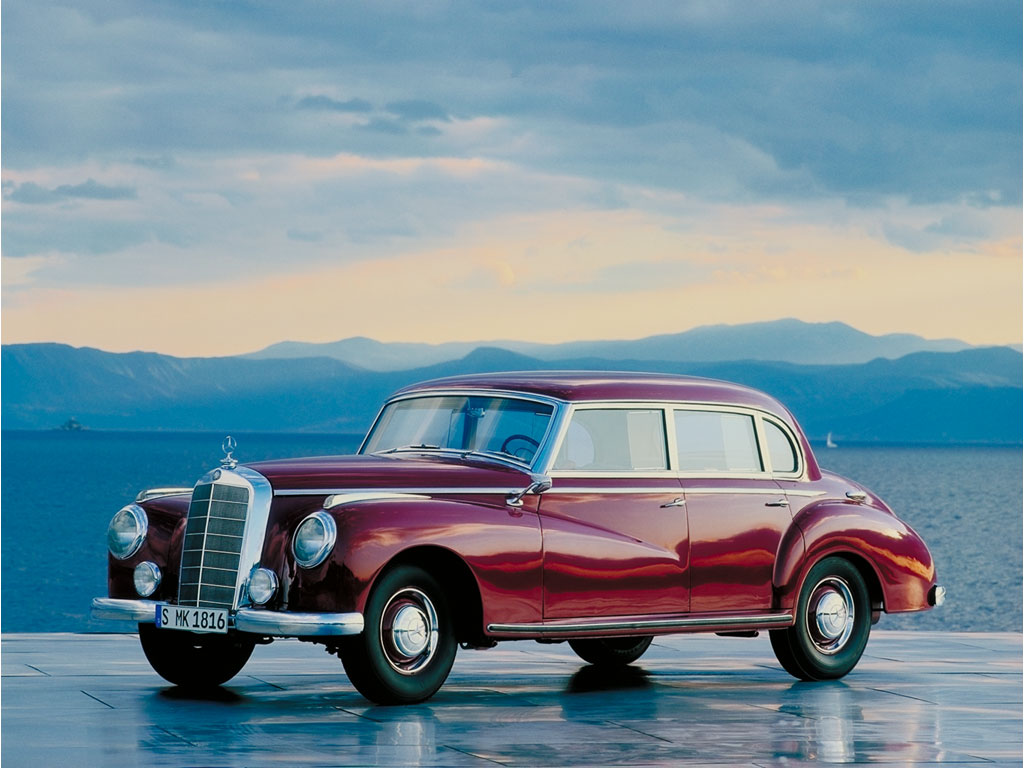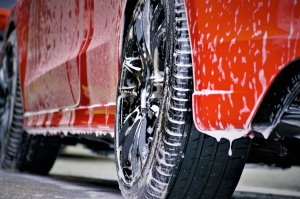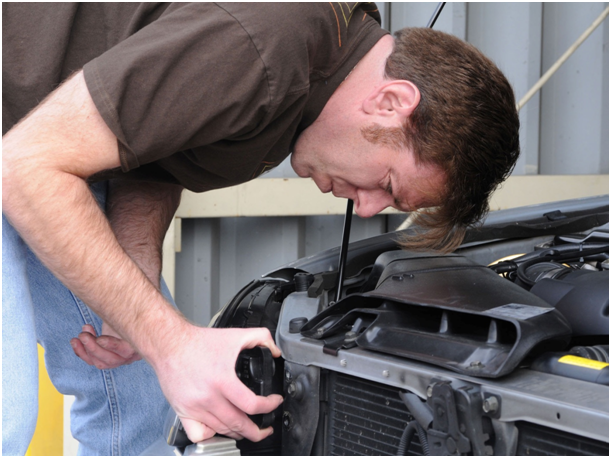Mercedes-Benz has been making some of the most innovative and stylish cars since the beginning of the 20th century. They have paved the way in many developments in automotive history. By being the first with crumple zones and inventing anti-lock brakes, the Mercedes-Benz S-Class has developed new technology that has been adopted universally. This brand looks to continue their innovation into the future while adding onto their past achievements.
300 Models
In the early 1950s Mercedes was looking to reenter the automotive market after spending much of its time in the 1940s working with the war effort. This early vehicle was one of the first luxury vehicles produced in post-WWII Germany and the first post-war Chancellor of Germany wanted to be associated with this vehicle to show that Germany was on its way back to prominence. This care featured fuel-injection which was not common for a car and considered a luxury.
The Fintail
The body of this car was considered modern and stylish at the time and created its nickname. The “fin” or backside of the car is not just for style but one of the first in the Mercedes line to feature crumple zones which protect passengers from both rear and front collisions, which is used universally today.
The 230 SL
The 1963 was the first Mercedes-Benz S-Class product to feature air conditioning and an automatic transmission. While having air conditioning was a luxury at the time, it was still a new technology and with new technology tends to come many different problems. Many of these vehicles had to be taken in (as well as other brands for issues with the air conditioning). Air conditioning today is still one of the things that go bad with cars, especially when in extreme weather. If you notice that the air conditioning in your vehicle is not working properly it is wise to bring it to a professional. The Auto Stoppe Automotive A/C Repair has a team of experts that can locate the problem in your vehicle quickly and get you back into a cool car for those hot summer road trips.
The distinguishing feature of the 230 SL model is its optional hardtop roof, which was designed to maximize the height of the side window and allow visibility. It developed the nickname of “The Pagoda” due the resemblance of the structure.
The 300 SEL
The models of the 1970s were the first to be called the S-Class and the emphasis on safety was never more evident. Some of the safety elements of this car were the padded steering wheel as well as an advanced rain management system. This vehicle also received a V-8 engine making it one of the most powerful engines in its time allowing it to outrun most of the sports cars in its day.
The 450 SEL
The development of this model was the invention of anti-lock brakes which has become an industry standard. It is also one of the most aerodynamic vehicles of the time allowing its passengers to ride in safety. One of the important safety features of the car is that all of the surfaces on the interior of the vehicle are soft which is great if a collision were to occur.
The 2014 S-Class
While continuing the comfort and luxury of previous models the 2014 will feature driver assistance systems allowing drivers to know the road and drivers around them than ever before using stereoscopic cameras. Still a car of luxury, the newest model features massage chairs as well as some of the finest leather interiors around.
Over the years there has not been much criticism of the Mercedes-Benz S-Class as they tend to be leaders in both safety and comfort. However, with having some of the best safety and comfort comes at a price. One of the drawbacks of the S-Class is that it is costly and consumers do take notice of price.
The Mercedes-Benz S-Class has been a series of automobiles that has excelled in comfort and safety. They have created some of the most important developments in the automobile industry and as technology continues to improve they will most likely continue to do so.







